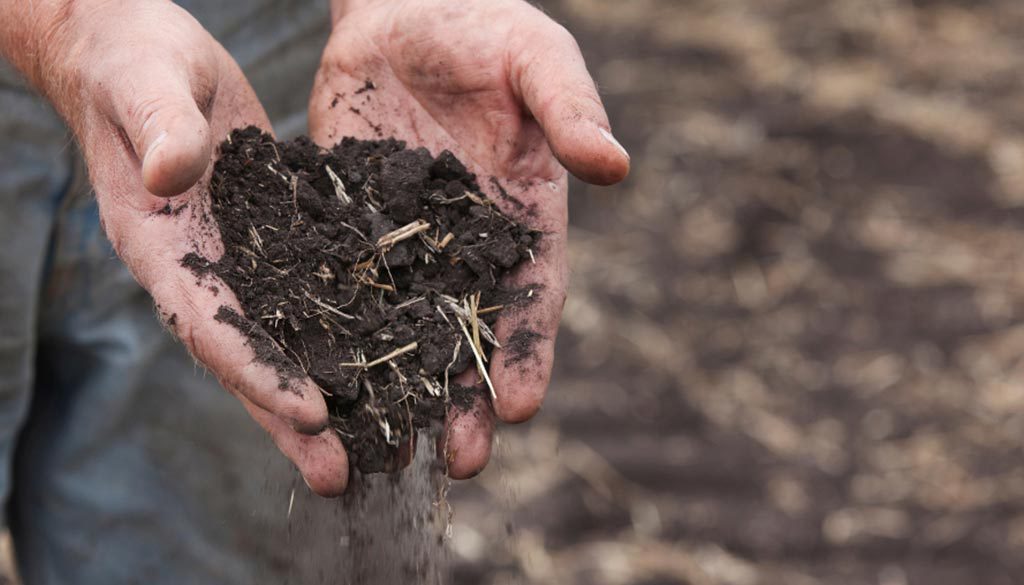Top Reasons to Soil Test: Maximize Yields, Reduce Costs and Balance Nutrients
By Mitchell Japp, MSc, PAg
There are plenty of reasons to test your soil before each season. In this article, I’ve compiled a few of those reasons with some rationale behind them. This list is not exhaustive, so if you can’t find your reason to soil test in here, there is one out there somewhere that should convince you of its value.
Knowledge is Power:
The most obvious reason to soil test is to gain knowledge. Nutrient uptake, volatilization, denitrification, leaching, immobilization and soil adsorption all contribute to reduced nutrient availability. These factors can vary over time and from field to field. Soil tests provide an estimate of what nutrients are available now and what may become available throughout the growing season.
Maximizing Economic Returns:
Fertilizer is one of the highest input costs on farms. It also generates a sizable return on investment. Soil tests will be one of the lowest cost per acre investments on a farm. A soil test provides you with data to guide the balance of the high input cost to maximize the return on investment. Fall is historically the best time to lock in fertilizer prices. Having soil test results available when purchasing fertilizer is helpful to avoid purchasing too much or too little.
Protecting the Environment:
Applying too much fertilizer risks losses to the environment. Nitrogen fertilizer can leach or runoff, which may contaminate water sources. Nitrogen is also subject to volatilization and denitrification, releasing ammonia, nitrous oxide or dinitrogen gas into the atmosphere. While dinitrogen gas is inert, nitrous oxide is a powerful greenhouse gas. Excess phosphorus may be lost in runoff, which leads to eutrophication in lakes. All of these losses are costly to farms’ bottom lines as well as the environment.
Monitoring Soil Changes:
While changes in soil characteristics are intricately linked to knowledge, they can only be identified when soil testing is a regular part of agronomic management on farms. The primary fertilizer macronutrients like N, P, K and S will change regularly. Saskatchewan farmers rarely have to consider calcium or magnesium due to the nature of Saskatchewan soils, but those are macronutrients too and can decrease over time. Soil pH and organic matter are relatively stable, but may change over time. Observing soil test results over time can alert you to changes in other soil properties. Soil testing in zones may be particularly helpful in observing trends.
Strategic Fertilizer Planning:
Nitrogen fertilizer is generally applied to meet crop demands for the current year. However, phosphorus and to a lesser extent sulphur may be applied at levels that exceed demand for some crops in rotation to ensure levels are adequate for all crops in the rotation. Phosphorus in particular has fairly low rate limitations on seed placed application. Some crops are more sensitive, so applying phosphorus at rates greater than required with less sensitive crops can help to build soil phosphorus levels to meet demands of more sensitive crops.
Hitting Quality Targets:
Malt barley growers are familiar with the sting of rejection. Matching fertilizer application to crop yield targets is one goal, which may be further adjusted for quality targets. Newer malt varieties have higher yield potential, lower protein and increased straw strength. However, excess fertility may still result in excessive protein and lodging if environmental conditions are conducive to lodging. Knowing soil test nitrogen will help guide the balance of fertility to optimize yield and quality.
Timing Your Soil Tests:
Soil testing is ideal in spring just before seeding, but there is often more time in the fall and fall soil test results give more time for fertilizer pricing and planning. In the fall, the best time to sample is when soil temperatures are below 10 C and as close to freeze up as possible. Once the soil has cooled, all the mineralization expected for this season will be captured in the soil test directly. Logistics will require soil testing to begin earlier, so determine if the testing lab will estimate additional mineralization, and if not, talk to your agronomist about what adjustments might be required.
In conclusion, soil testing is a vital tool for farmers aiming to optimize crop performance, manage costs, and protect the environment. By regularly testing soil, producers gain the knowledge needed to make informed decisions on fertilizer use, monitor changes in soil health, and strategically plan for future seasons. Whether to maximize economic returns, meet specific quality targets, or ensure sustainable farming practices, soil testing provides the data necessary to enhance productivity and maintain long-term soil fertility. Investing in regular soil testing is not just a best practice—it’s a crucial step towards successful and sustainable farming.





